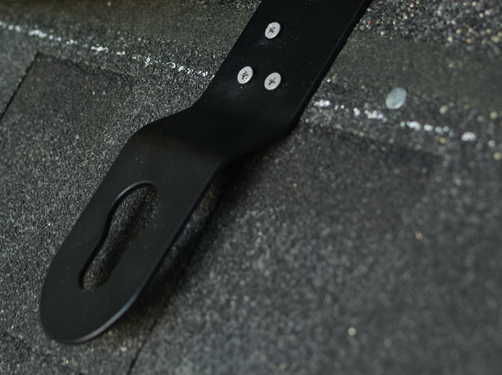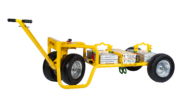During the next several months, it will not be unusual to see roofing crews working hard to complete projects or trying to get an early start on spring projects. Executing roofing projects during the cold months of winter creates a unique set of safety hazards and challenges for designers, contractors and building owners. Not understanding or failing to address cold-weather considerations will impact installation quality and long-term roof performance.
In many cases, designers don’t plan on specifying a roof system specifically for installation during the cold winter weather. However, anticipated funding approval and construction schedules can change, quite often forcing a designer to make changes to accommodate the cold weather. Designers should consider changes related to roof installation methods, as well as adhesive type, to ensure the roof can be installed as designed in colder, potentially snowy, wet weather.
Materials
When choosing materials to install, it is important to remember most roofing materials are not designed to be installed in cold-weather situations, especially when ambient temperatures dip below 40 F. Membranes, adhesives, equipment and contractors will perform differently in colder temperatures, so planning ahead and considering how the cold weather will impact material selection, installation time and quality is critical.Membrane: Storing roof membrane at the job site during warm months is straightforward: Keep the rolls off the ground and protect them from moisture using breathable tarpaulins. As the weather grows colder, the dew point and temperature typically come closer together, increasing the potential for condensation and frost forming on materials. Keep material goods warm and dry by storing them inside a conditioned space or in a heated job trailer. Keeping materials warm and dry will reduce the risk of moisture being introduced into the roof system during construction and minimize the possibility of blisters and other deficiencies in the completed roof system. In addition, material rolls will become more rigid as they get colder, requiring additional time to kick out and relax before installing.
Adhesives and asphalt: When dealing with membrane adhesives, there are generally two main categories to consider solvent-based and waterborne adhesives. Recently, the use of waterborne adhesives has been growing steadily as a result of low odor and VOC code requirements. Both types of adhesives have similar manufacturer recommendations for storage temperature, typically between 60 and 80 F.







I didn’t know that some of the materials used in residential roofing could be temperature dependent. However, it makes sense that adhesive effectiveness can be determined by the ambient temperature. I’m sure that curing times can also be longer if the weather is colder. I’ll have to keep that in mind if I ever need roofing done. Thanks for the information.